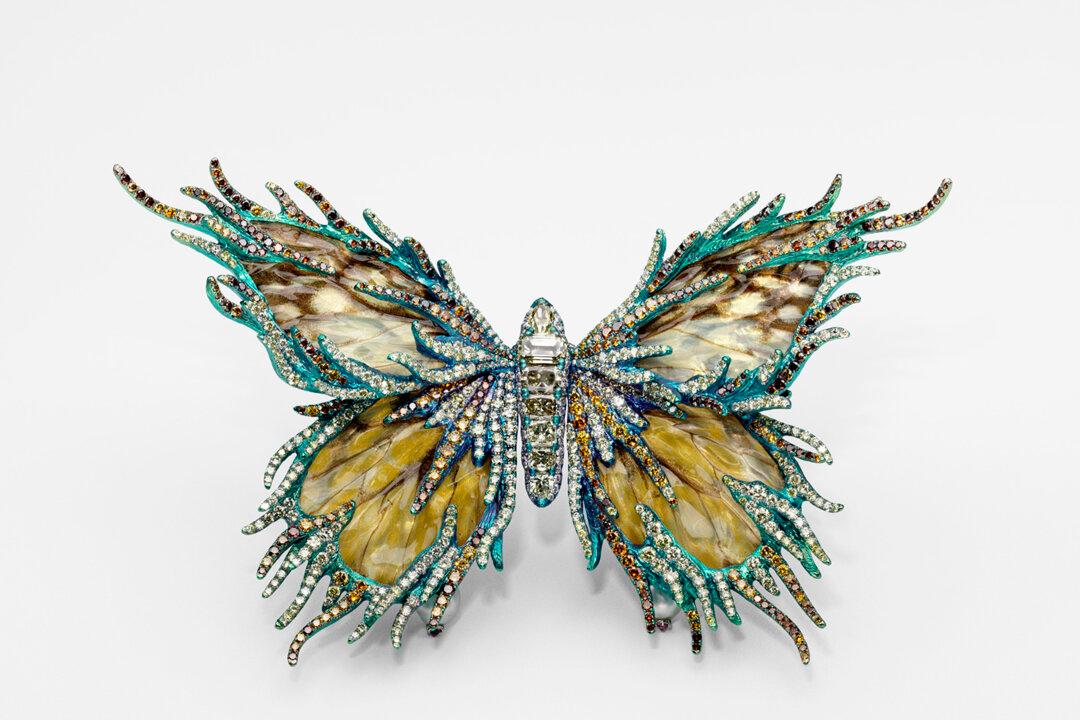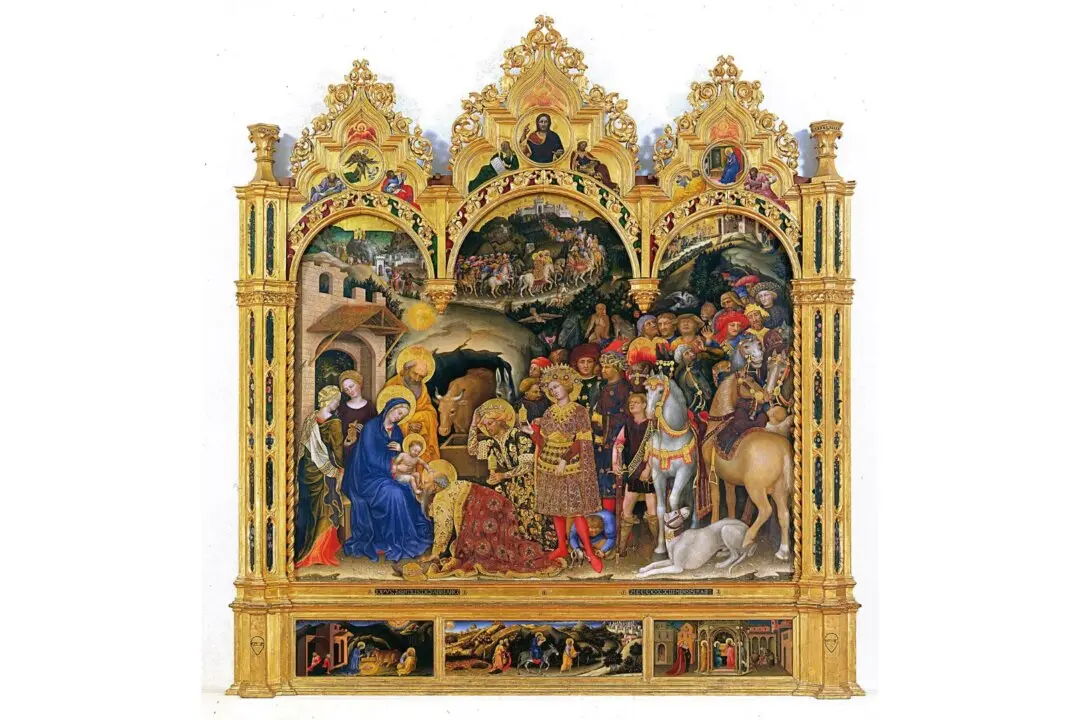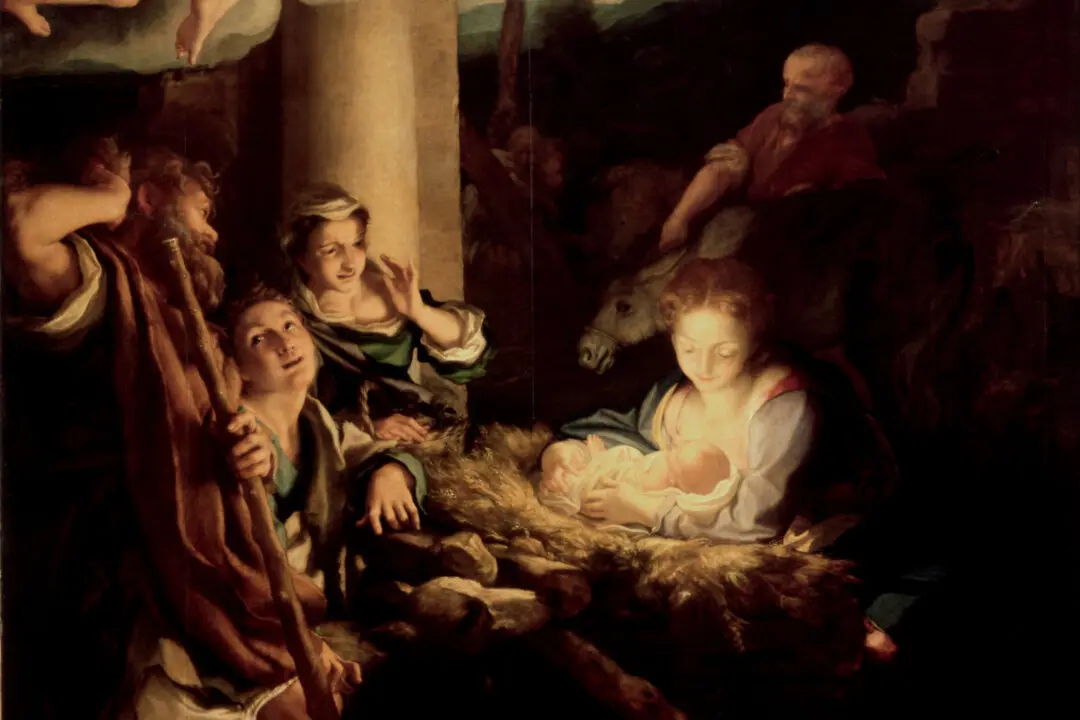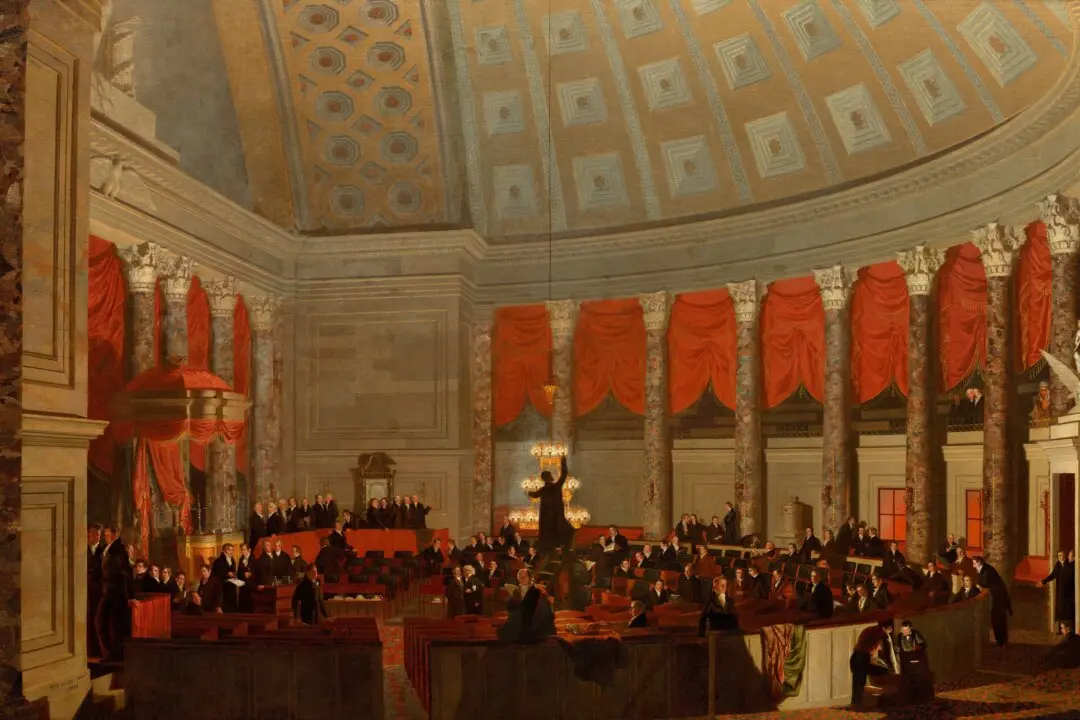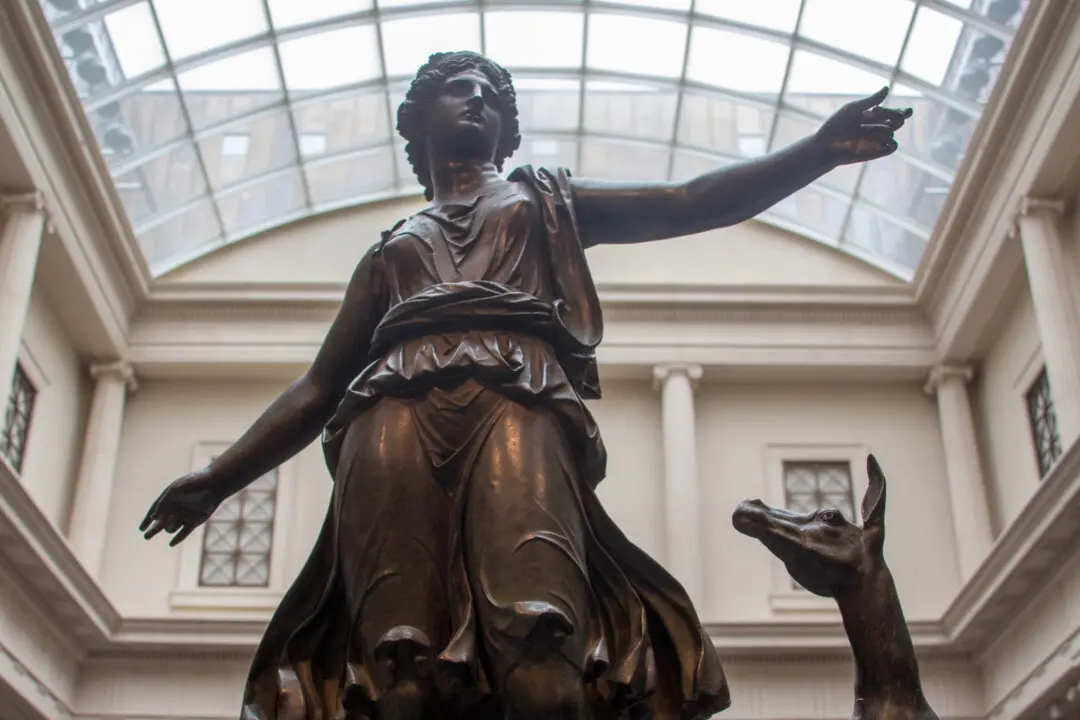At Boston’s Museum of Fine Arts, over 4,000 years of history are on display in the ongoing exhibition “Beyond Brilliance: Highlights from the Jewelry Collection.” Stories from the distant past and the present—of love, war, death, global trade, politics, science, and artistry—are told through over 150 objects shown in a recently renovated gallery.
The exhibit, which took four years to plan and implement, “showcases the MFA’s outstanding collection of jewelry, one of the most expansive in the world,” says Emily Stoehrer, the Museum’s jewelry curator. She is the United States’ sole museum curator dedicated to jewelry. This ongoing exhibit opened in May and includes annual rotations of certain objects.

